The sustainable farming innovator delivering to London homes and restaurants
Sustainable farming innovator Crate to Plate is pioneering fresh produce in London with the support of Michelin-starred restaurant Hide
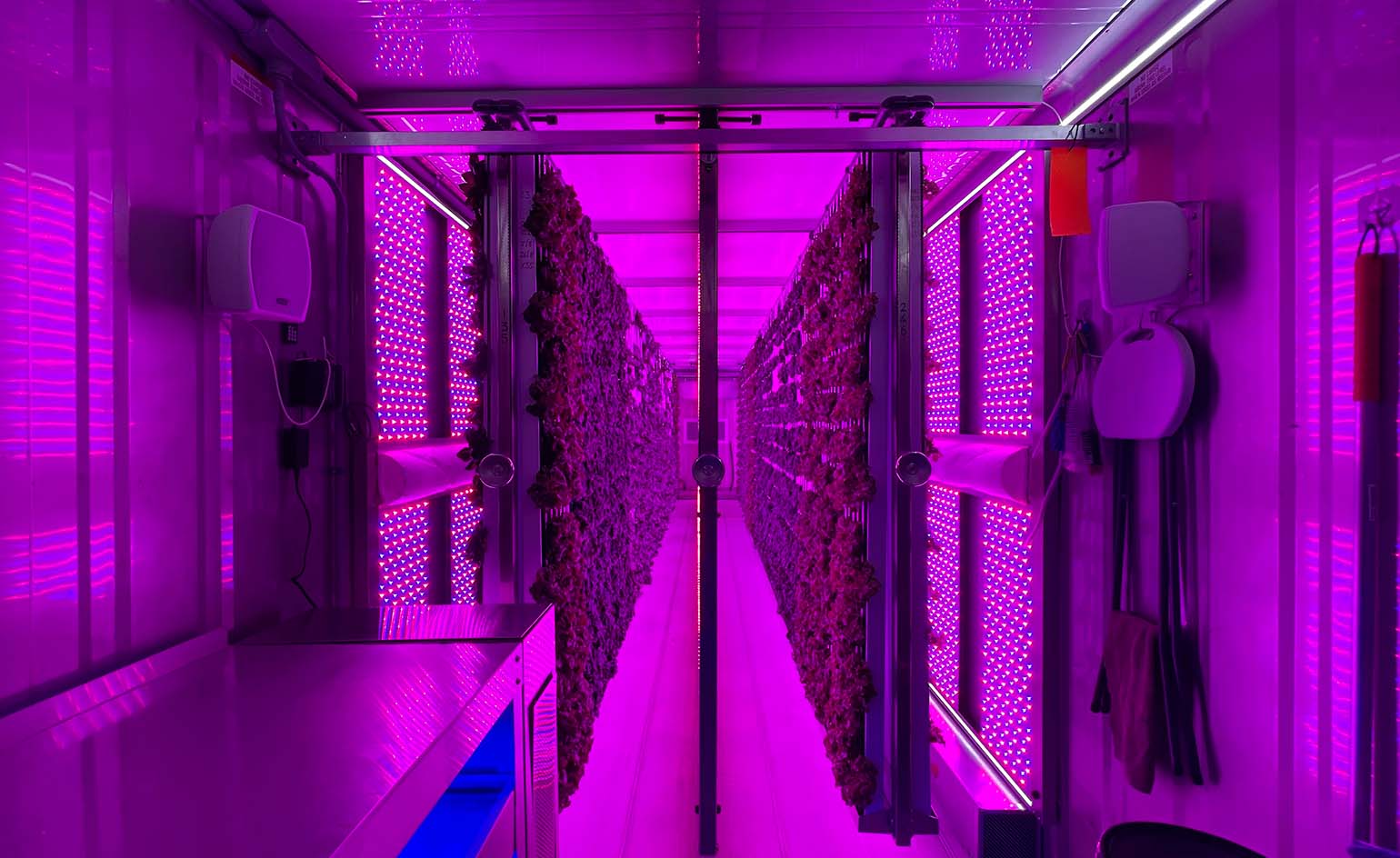
Crate to Plate founder Sebastian Sainsbury’s sustainable farming initiative is part of an aspiration to populate the world with ‘15-minute cities’, or metropolises where everyone has access to fresh produce within 15 minutes from their home.
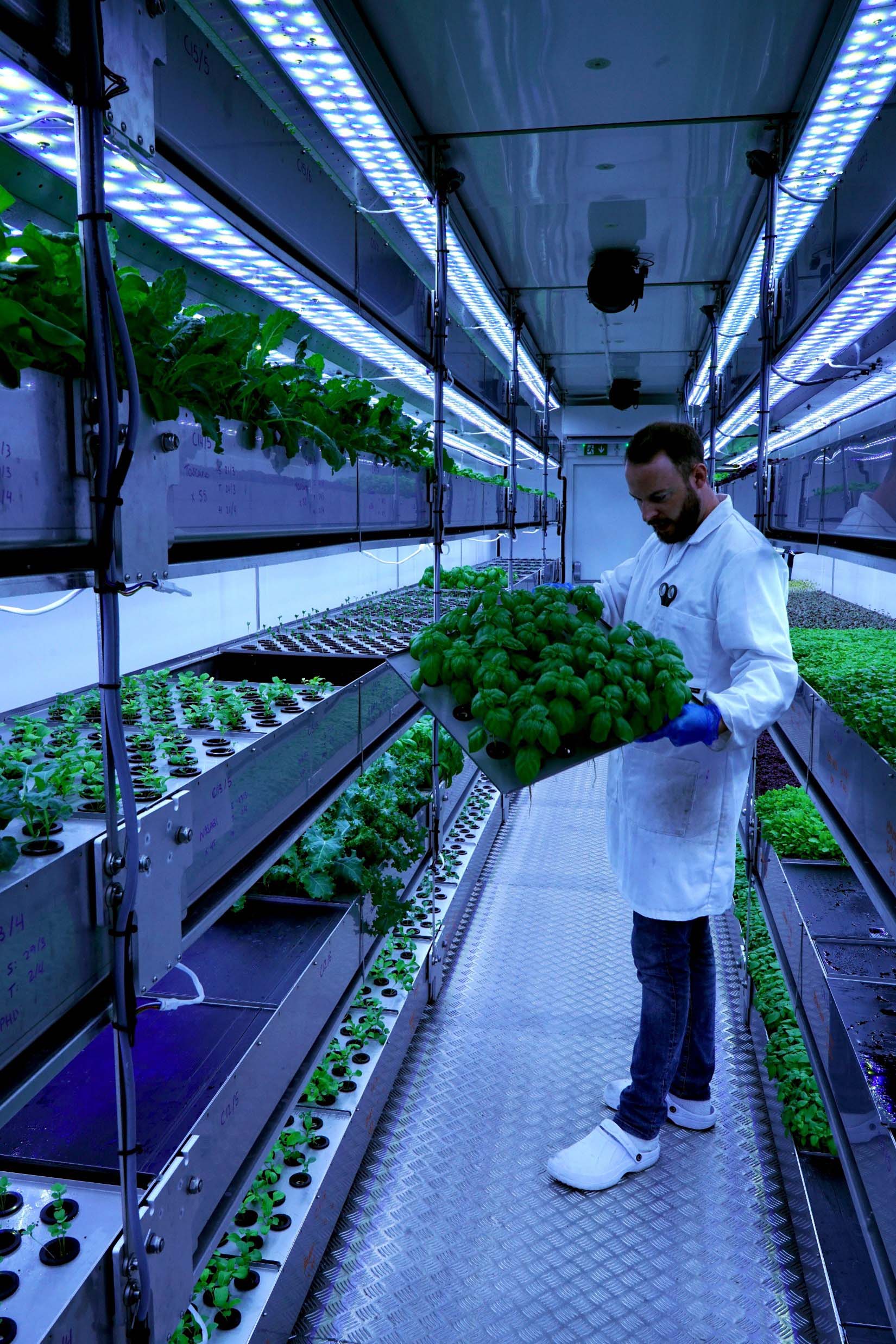
Inside one of the Crate to Plate urban farms.
It is a welcomed proposal for any urbanite who has gone into their local grocery store only to find a selection of bruised and browned fruit and vegetables. But where, within the polluted, densely built confines of many cities, would anything verdant and appetising grow?
Sainsbury’s solution is ingenious. In shipping container-like spaces around London, he is growing a variety of lettuces, leafy greens and herbs using hydroponics, or a method of growing plants without soil, instead using mineral nutrient solutions in water. The plants are grown vertically to maximise the space of the narrow containers, with each 40ft container producing as much as an acre or more of farmland while using 95 per cent less water. The quality of the lettuce and herbs is enhanced through a specially designed temperature, humidity, LED lighting, and water delivery system.
Speaking about why he began this foray into sustainable farming, Sainsbury says, ‘There are two forces driving this transition in how people, especially in cities, eat. First, consumers care more and more about where their food comes from, demanding that it is fresher, more nutritious, and sustainably produced.'
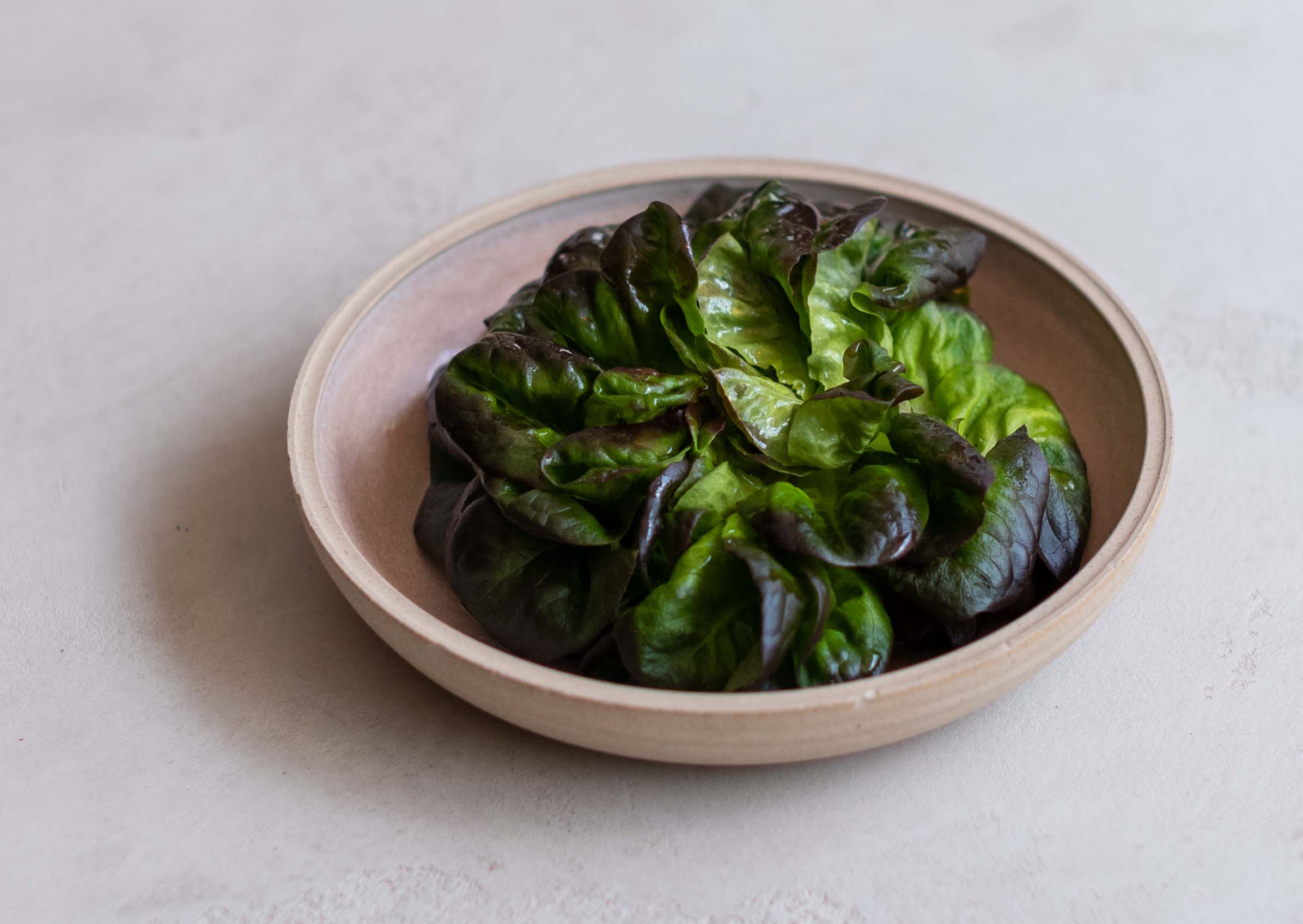
Produce from Crate to Plate.
‘And second, food supply chains are not set up to deliver this. Food comes from across the world, and dramatic climate changes are making this production less reliable. Our produce – grown locally in controlled (urban) environments – directly addresses these challenges.’
The fact that Crate to Plate provides produce to London’s Michelin-starred restaurant Hide is proof that this unconventional approach to farming only enhances the flavour of its output.
Says Hide founder Ollie Dabbous, ‘Quite simply, it is brilliant produce grown by a brilliant team. Verdant, delicious leaves harvested just a few miles away, delivered daily, with virtually no packaging. They deserve to be celebrated and the more people that hear about them and use them, the better!’
Receive our daily digest of inspiration, escapism and design stories from around the world direct to your inbox.
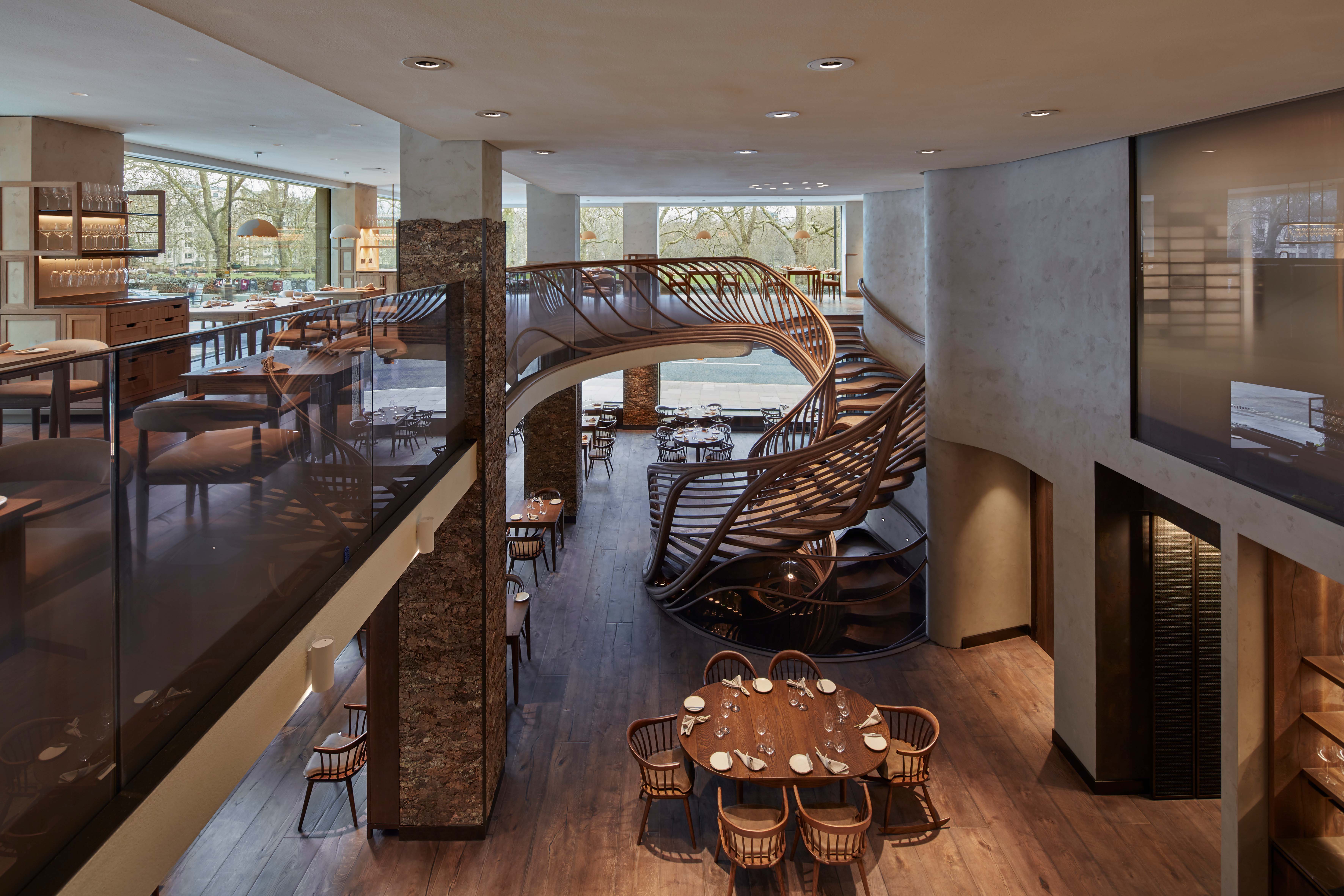
Interiors of Hide.
Dishes at Hide made from Crate to Plate ingredients include a savoury glazed Highland Wagyu with wasabi rocket; London lettuce with apple and crème fraiche dressing; and London burrata and basil pesto with pickled figs & red fruits.
We recommend heading to Hide to try it out for yourself or, if you live in the London area, purchasing Crate to Plate’s £6 Lettuce Box and selection of mixed herbs.
INFORMATION
Mary Cleary is a writer based in London and New York. Previously beauty & grooming editor at Wallpaper*, she is now a contributing editor, alongside writing for various publications on all aspects of culture.
-
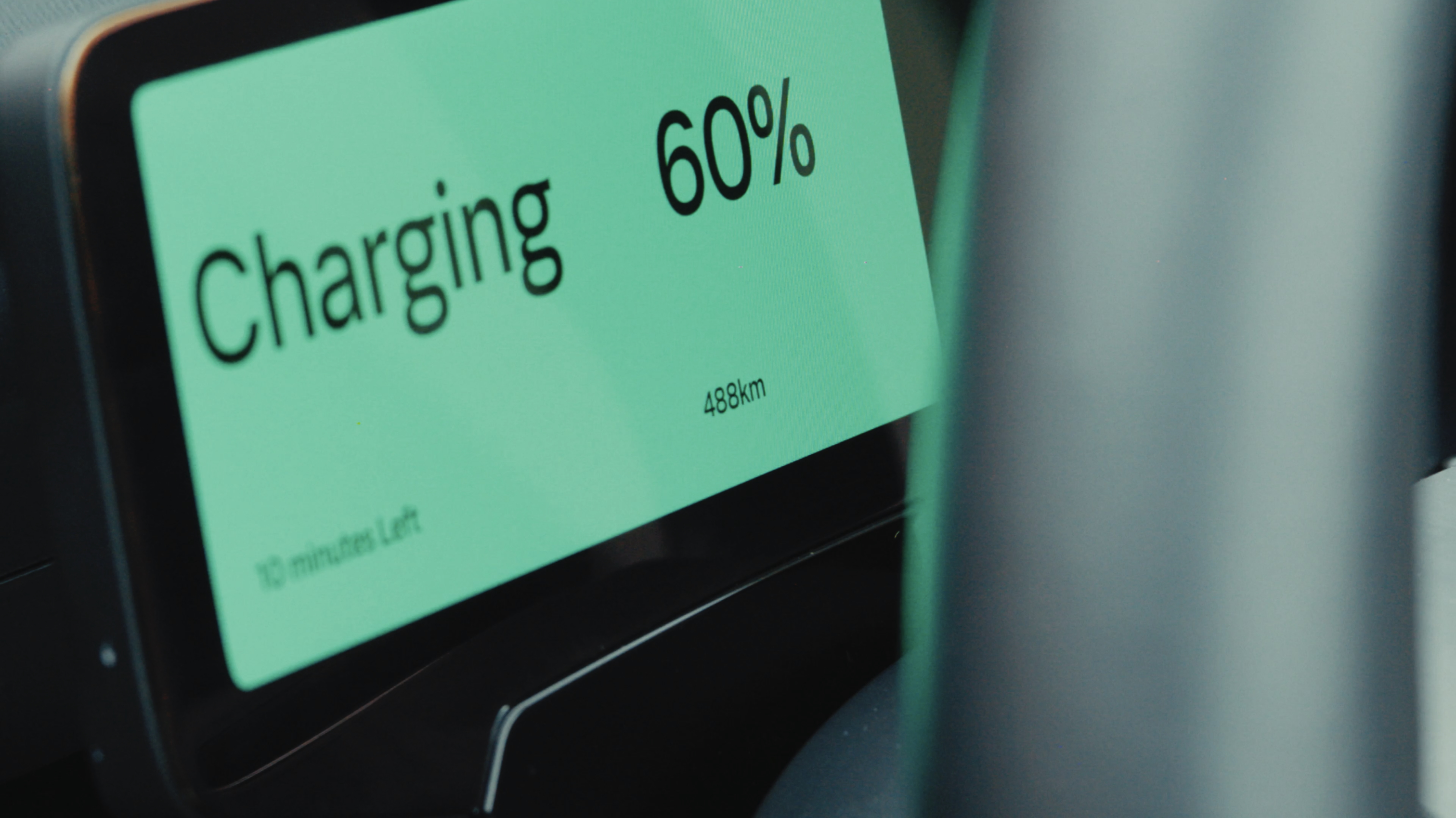 Volvo’s quest for safety has resulted in this new, ultra-legible in-car typeface, Volvo Centum
Volvo’s quest for safety has resulted in this new, ultra-legible in-car typeface, Volvo CentumDalton Maag designs a new sans serif typeface for the Swedish carmaker, Volvo Centum, building on the brand’s strong safety ethos
-
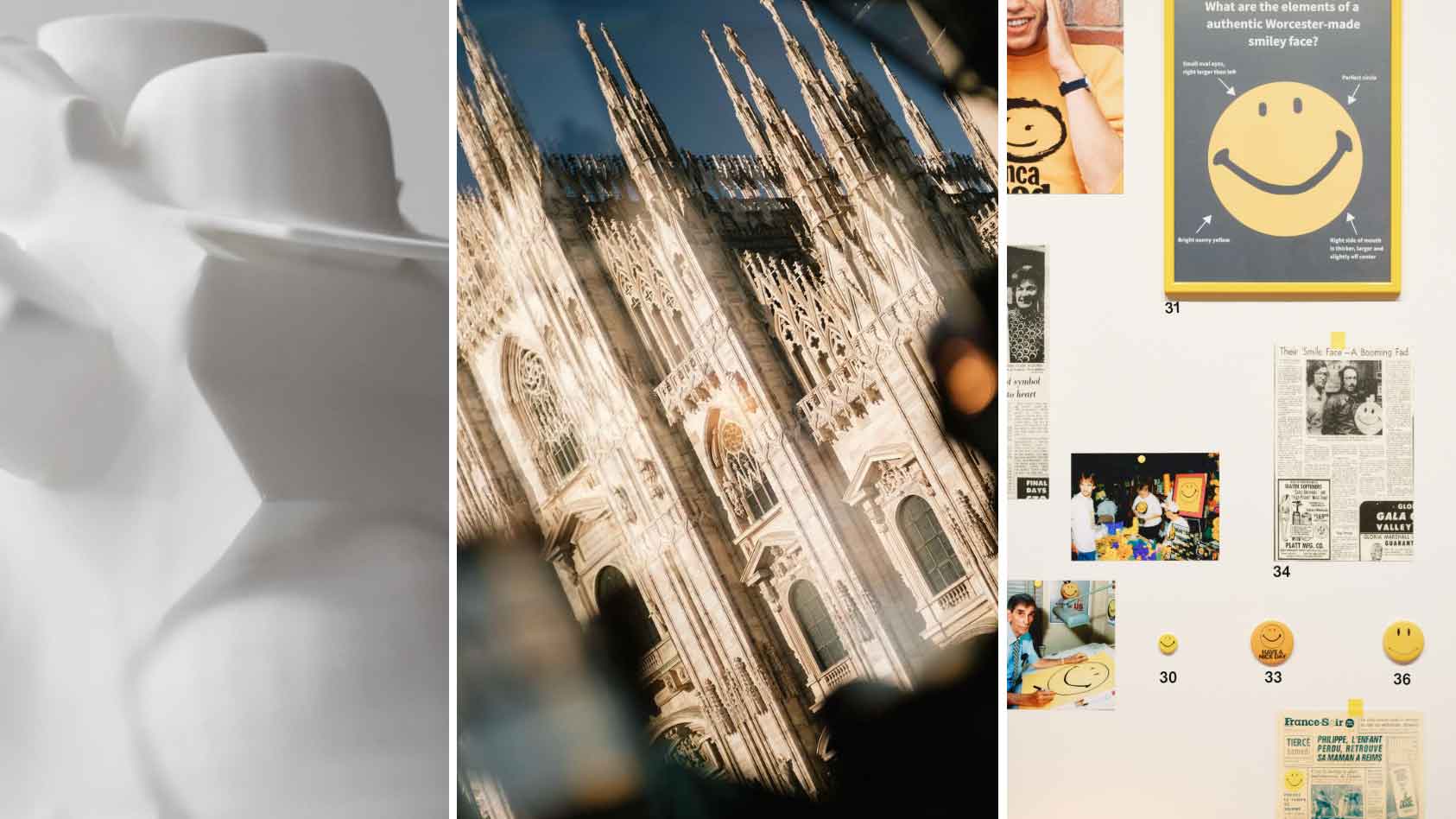 We asked six creative leaders to tell us their design predictions for the year ahead
We asked six creative leaders to tell us their design predictions for the year aheadWhat will be the trends shaping the design world in 2026? Six creative leaders share their creative predictions for next year, alongside some wise advice: be present, connect, embrace AI
-
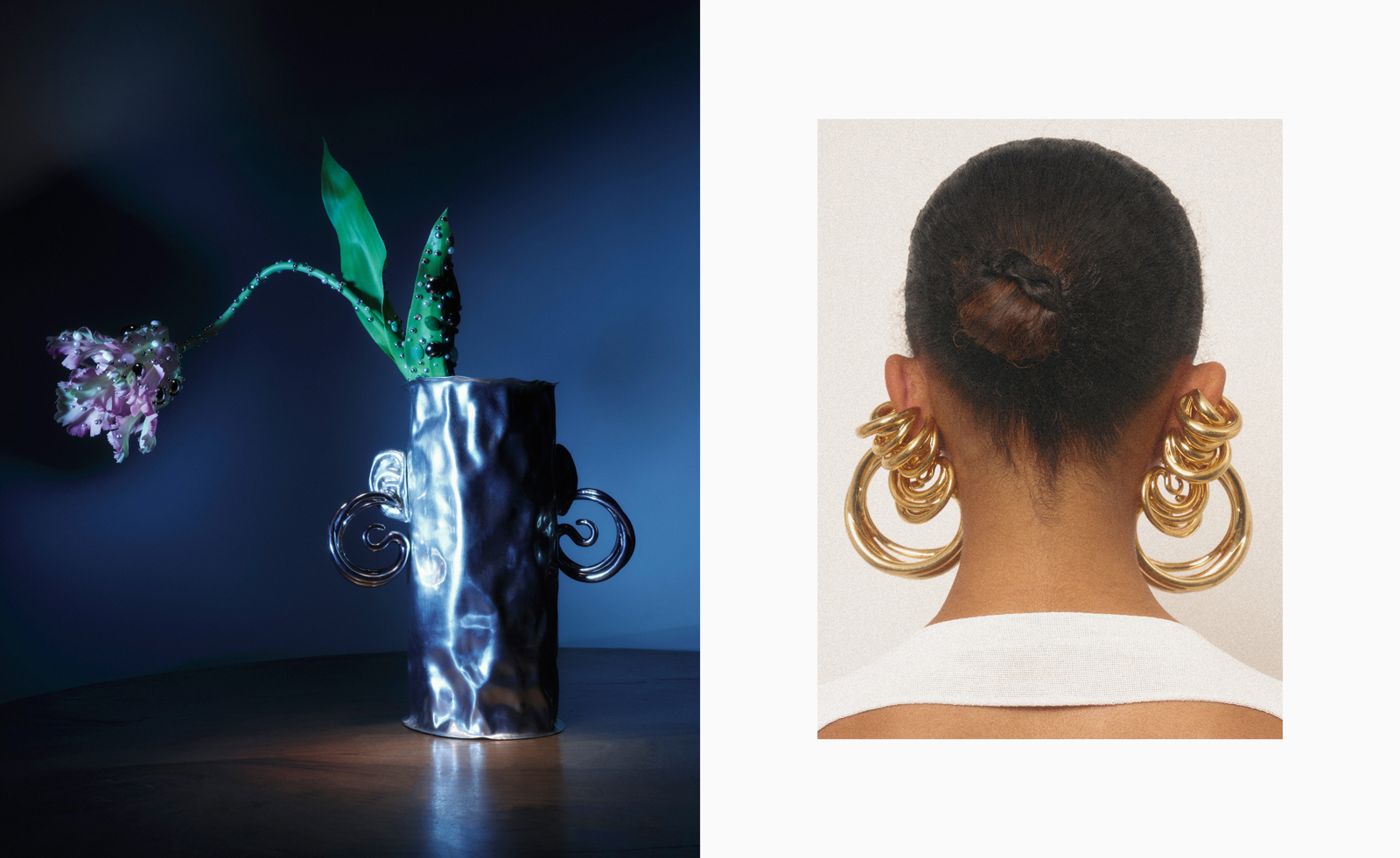 10 watch and jewellery moments that dazzled us in 2025
10 watch and jewellery moments that dazzled us in 2025From unexpected watch collaborations to eclectic materials and offbeat designs, here are the watch and jewellery moments we enjoyed this year
-
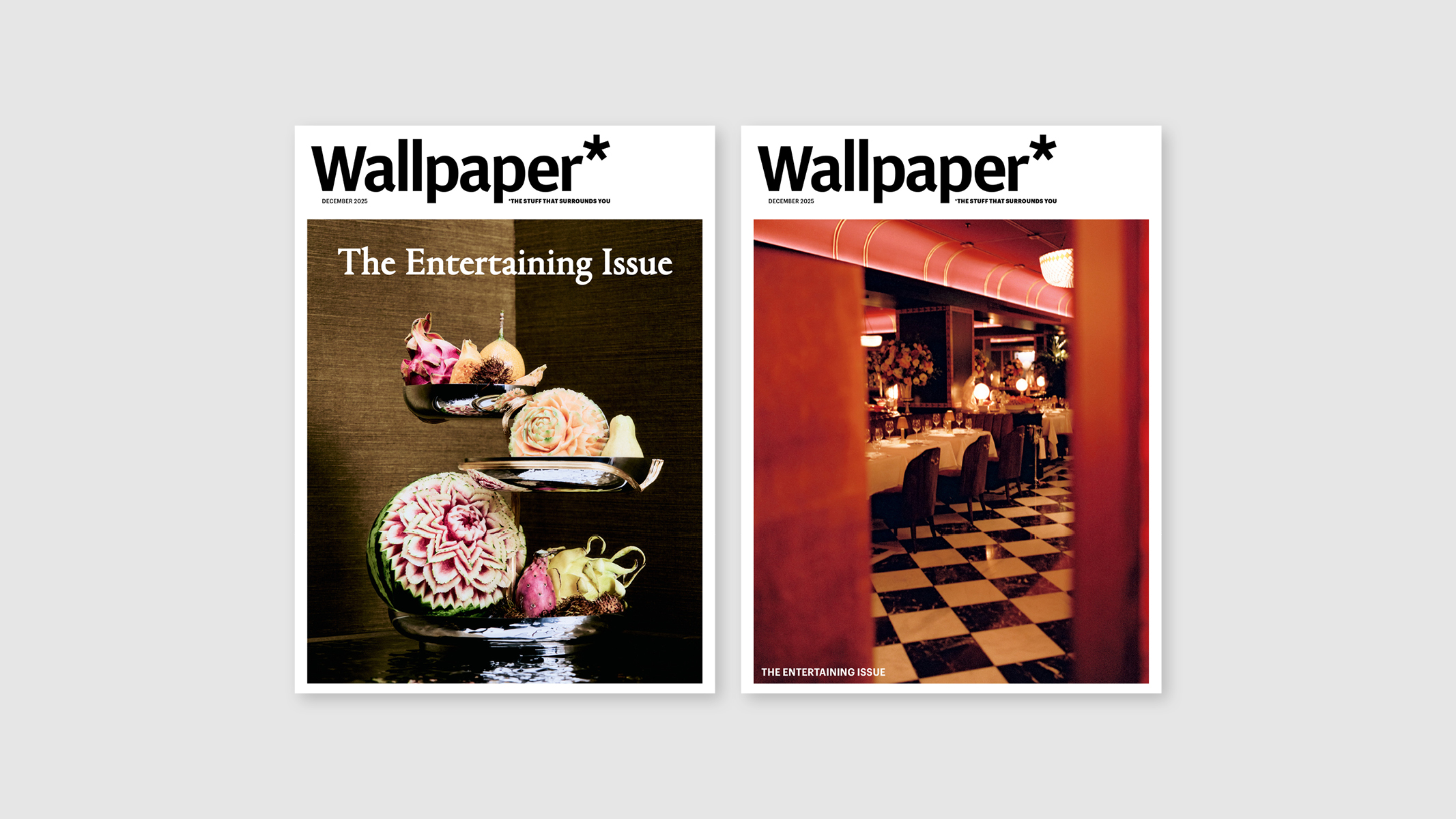 Unleash your socialising superpowers with the Wallpaper* Entertaining Issue, on sale now
Unleash your socialising superpowers with the Wallpaper* Entertaining Issue, on sale nowGet your sublime supper party started – or hit the town in style – with the December 2025 issue of Wallpaper*, on newsstands now
-
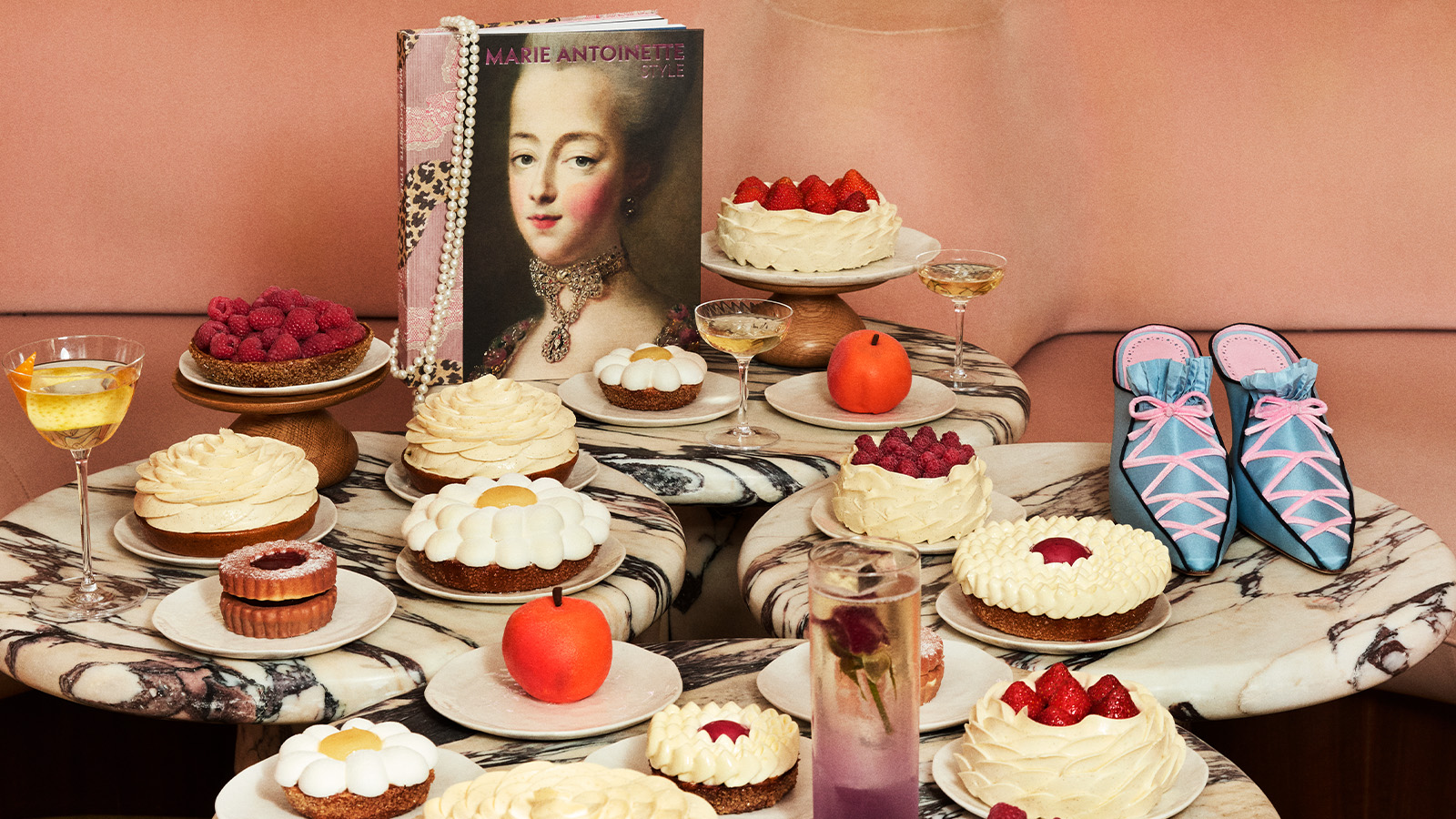 Let them eat cake (and drink cocktails) as Manolo Blahnik and The Berkeley unveil a new menu fit for a queen
Let them eat cake (and drink cocktails) as Manolo Blahnik and The Berkeley unveil a new menu fit for a queenThe hotelier and renowned designer has teamed up on an exclusive cake and cocktail menu to celebrate the V&A’s landmark exhibition ‘Marie Antionette Style'
-
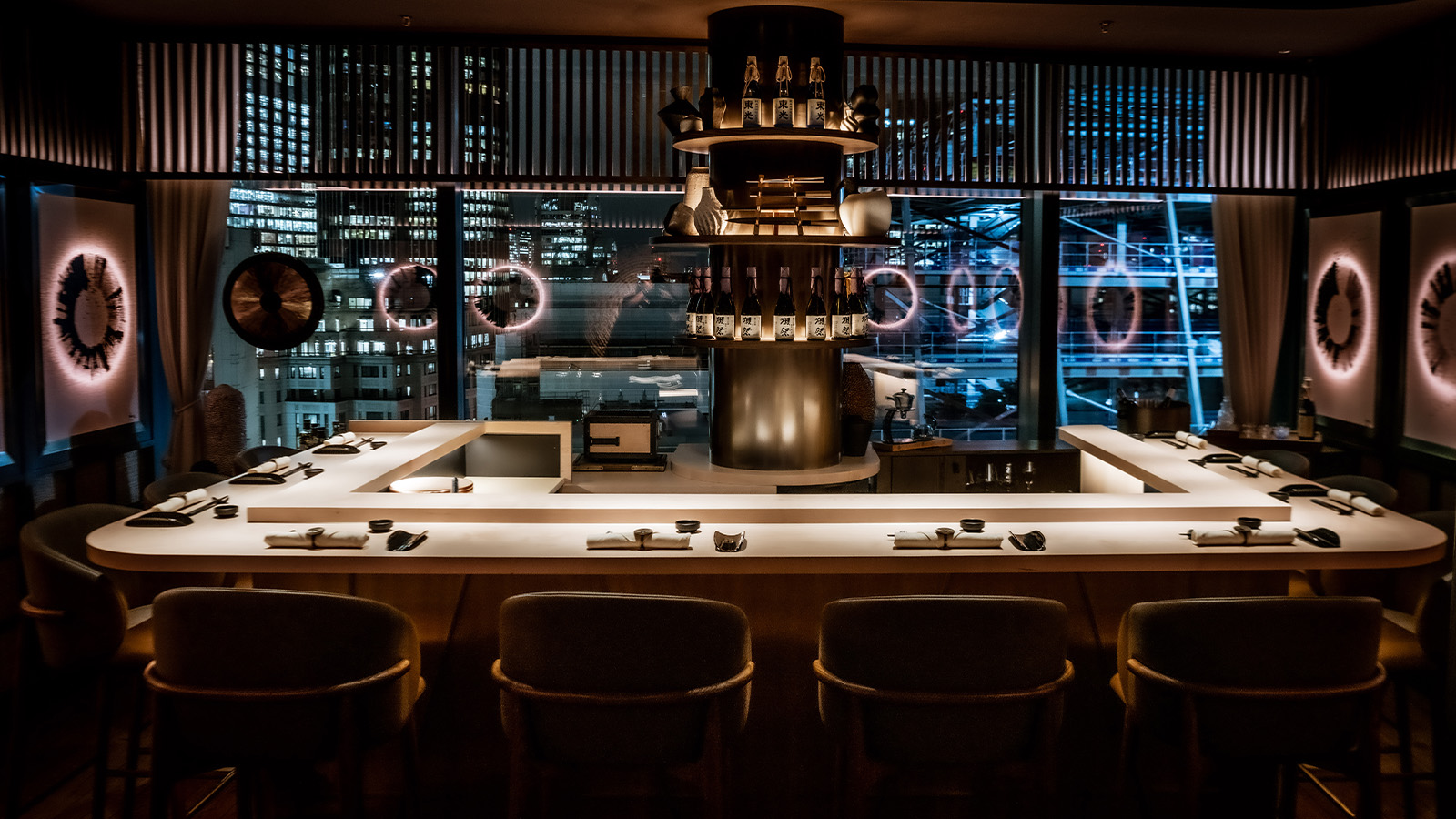 The artistry of Japanese wine
The artistry of Japanese wineFine wine from Japan may not yet register highly on the radars of most oenophiles, but for those who know, it's a hugely rewarding and rich tapestry of flavour. Drinks expert, Neil Ridley visits London's Luna Omakase for the launch of a new dedicated Japanese wine pairing menu
-
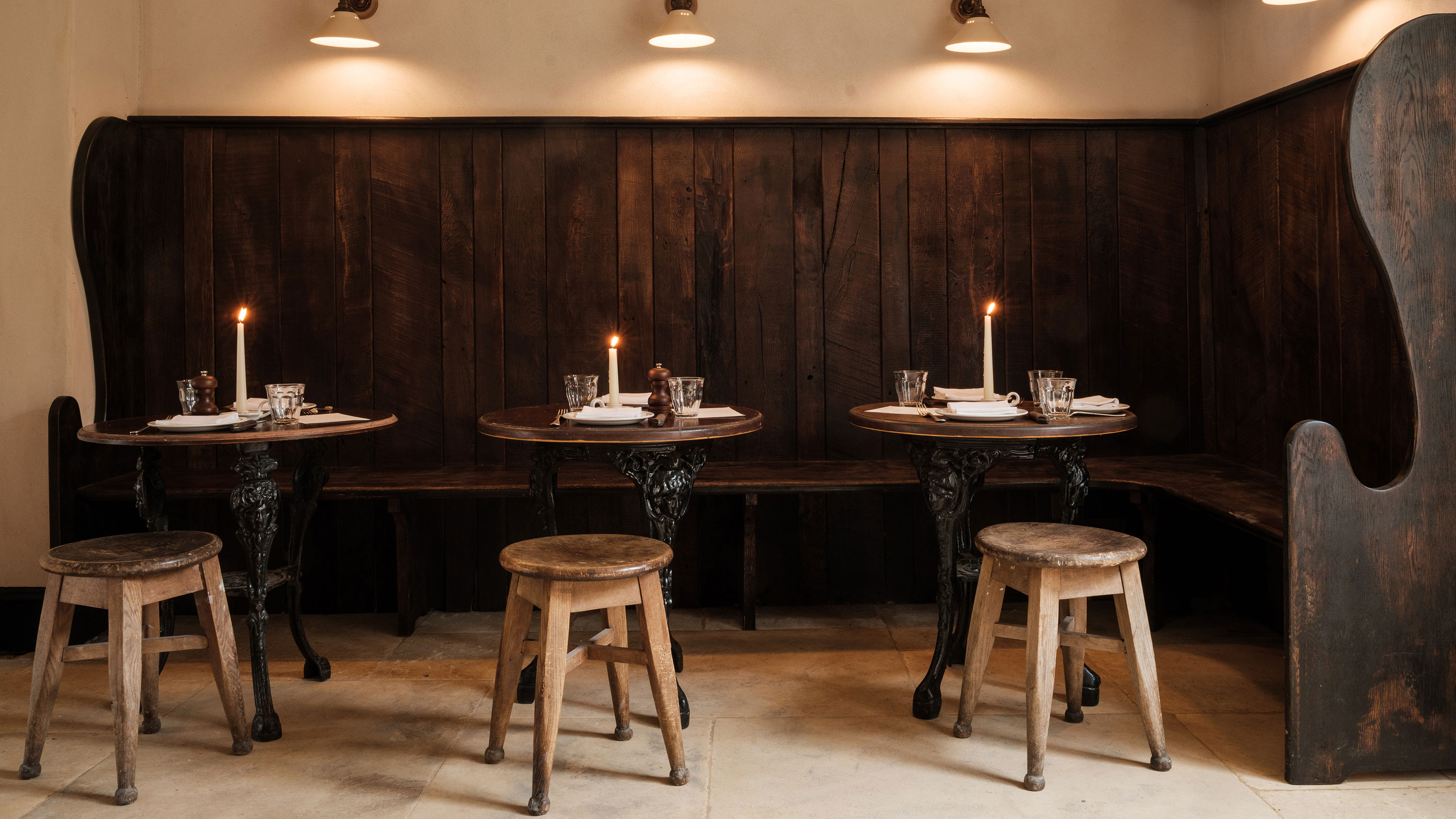 From The Fat Badger to The Bull, how Public House is redefining the British pub
From The Fat Badger to The Bull, how Public House is redefining the British pubInside the design-driven food group putting provenance, craft and community back at the heart of pub culture
-
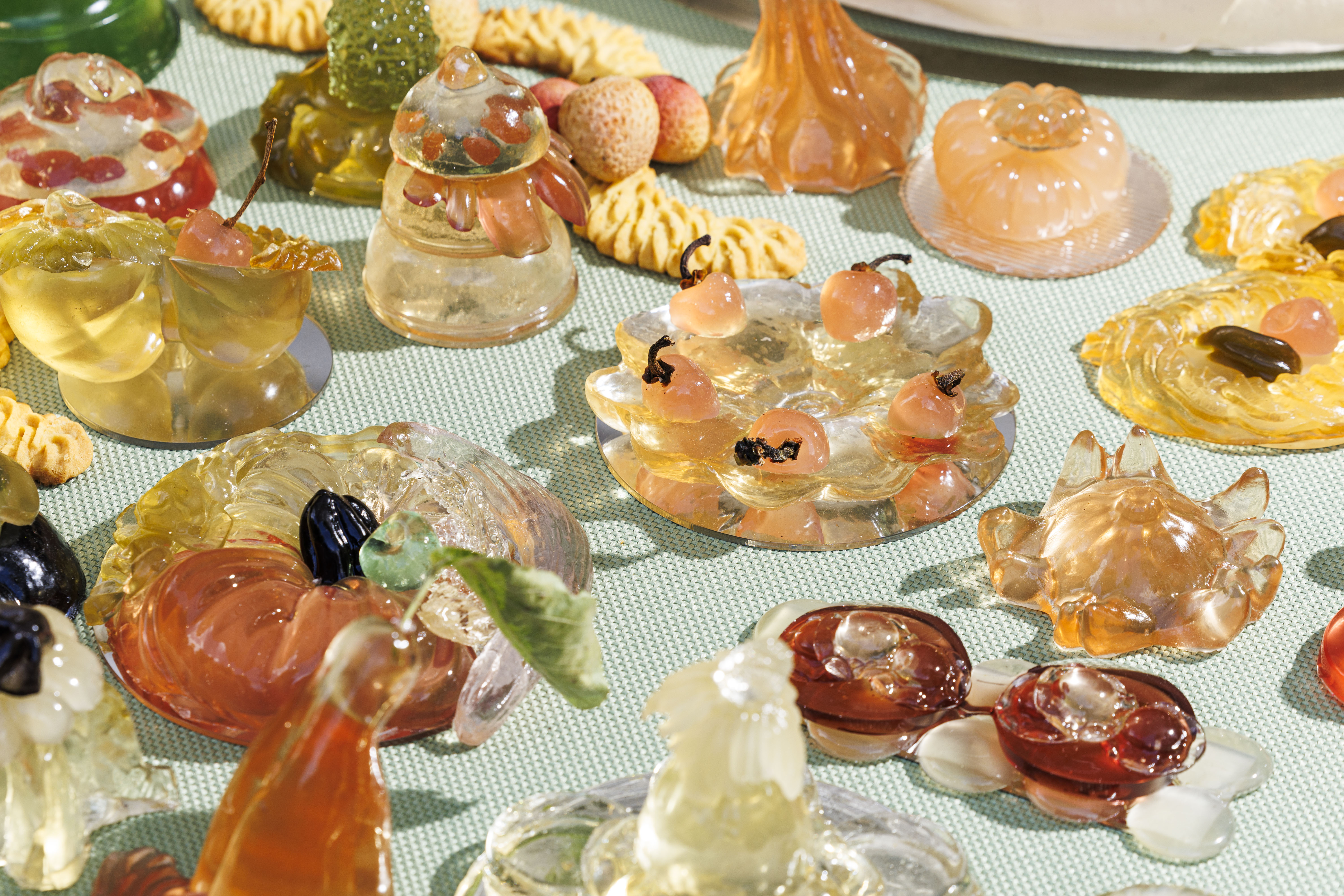 Guests dined on Bangladeshi-inspired cuisine at the Serpentine Summer Party 2025
Guests dined on Bangladeshi-inspired cuisine at the Serpentine Summer Party 2025The party marked the 25th anniversary of the Serpentine Architecture Pavilion – and celebrated this year’s design by Bangladeshi architect Marina Tabassum and her Dhaka-based firm
-
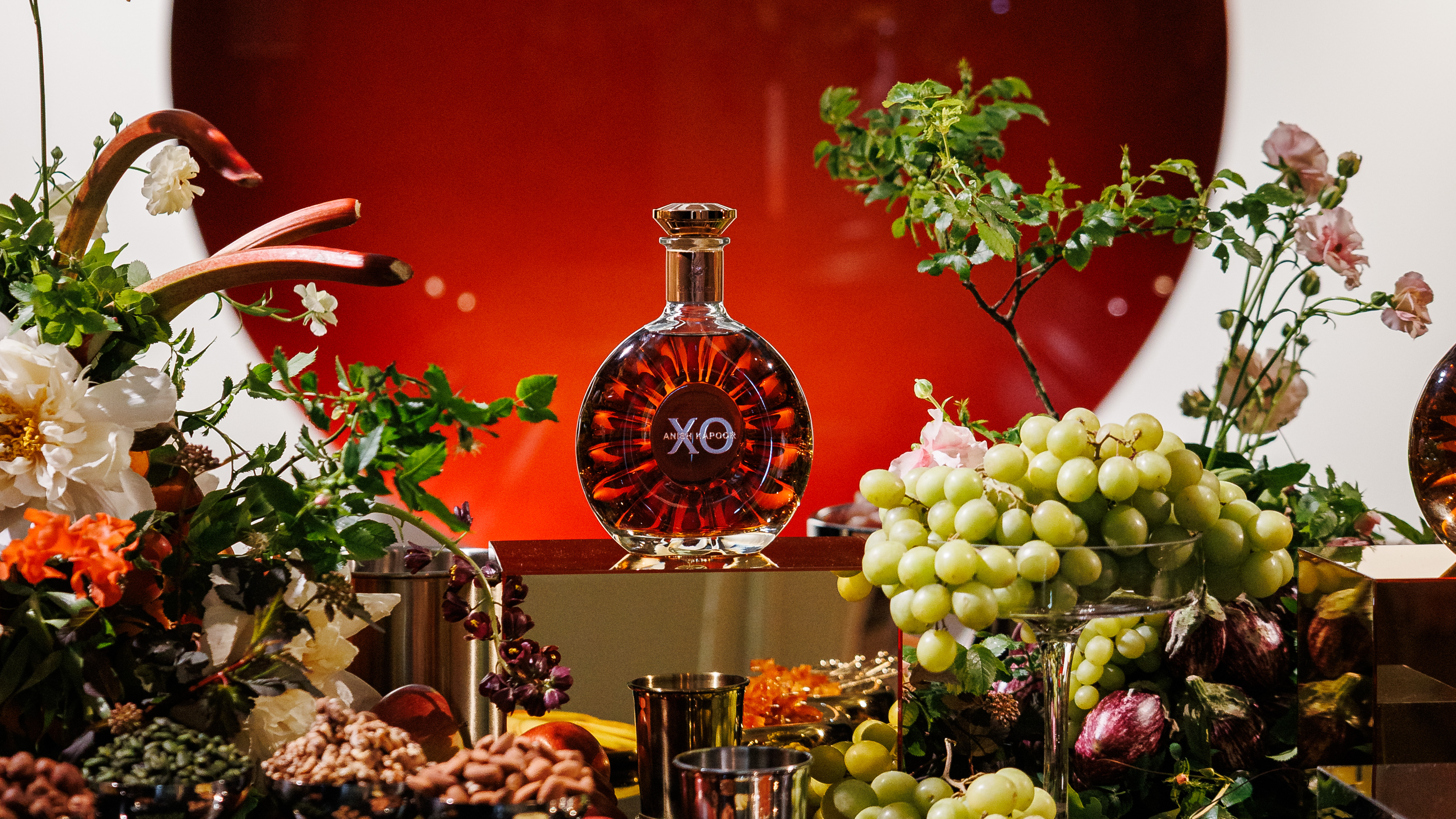 Rémy Martin and Anish Kapoor: art meets cognac in London
Rémy Martin and Anish Kapoor: art meets cognac in LondonThe cognac house and the artist unveiled a limited-edition XO decanter and a new sculpture in London at a recent event at the Institute of Contemporary Arts
-
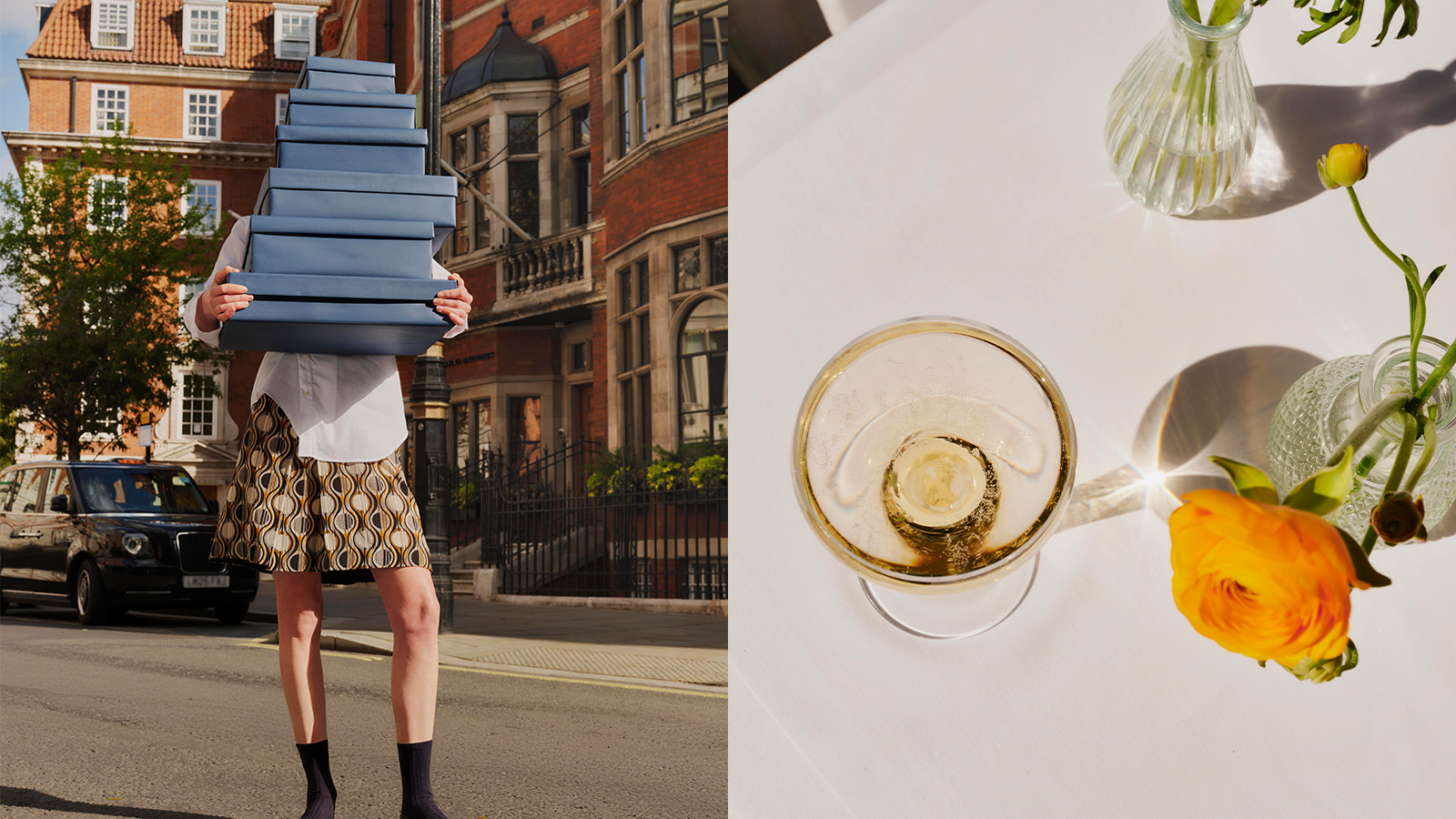 Mark your calendars for Mount Street Neighbourhood Summer Festival, a feast for the senses
Mark your calendars for Mount Street Neighbourhood Summer Festival, a feast for the sensesThe event, 12-14 June 2025, showcases the mix of food, art and community in the heart of London’s Mayfair. Here's what to expect, from afternoon tea to aperitivo, film screenings to biodynamic flowers
-
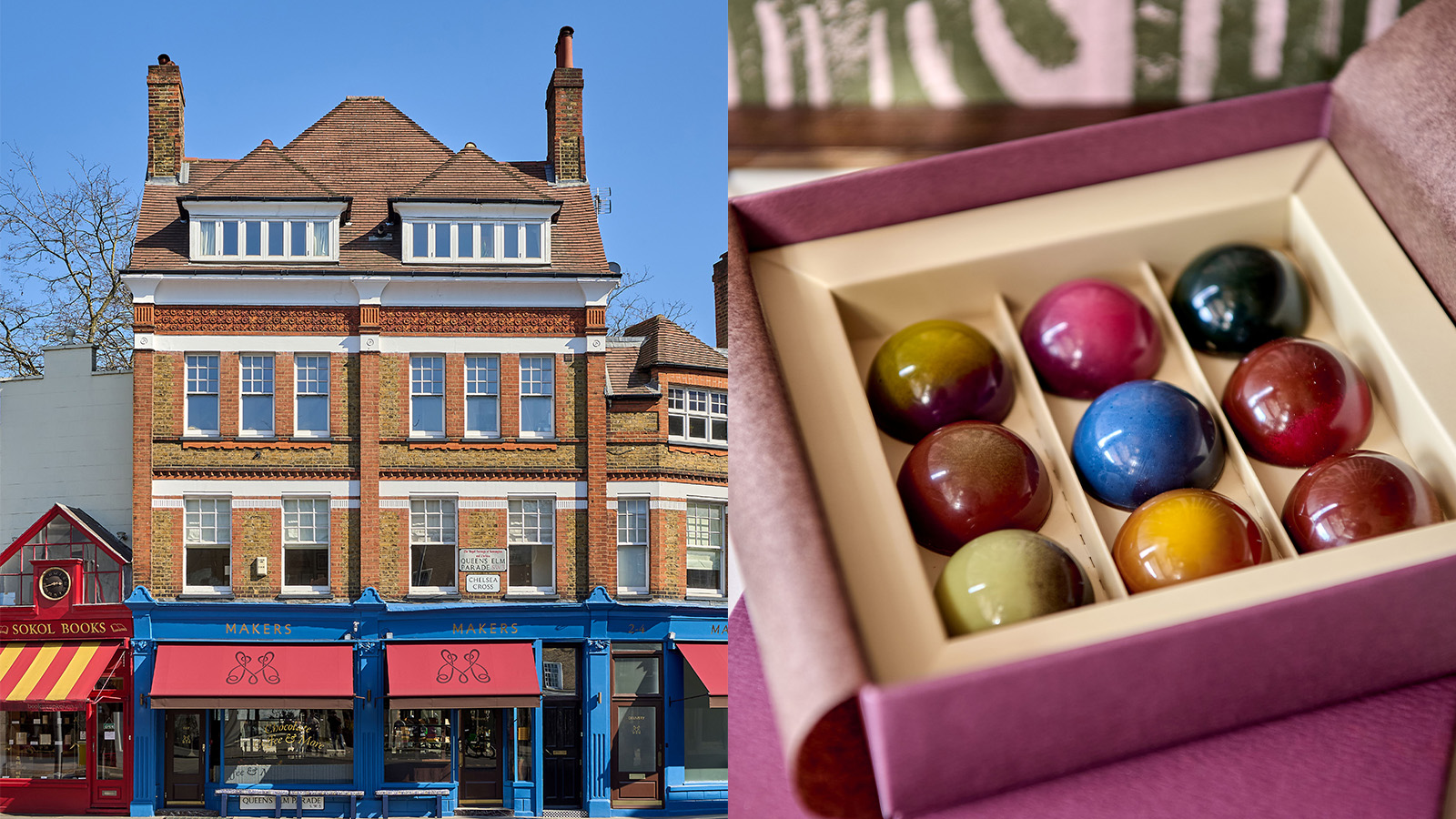 Healthy chocolate? Eat it at Makers, London’s new Lebanese chocolatier
Healthy chocolate? Eat it at Makers, London’s new Lebanese chocolatierLocated in Chelsea, Makers is a new ‘healthy chocolate’ shop offering treats free of refined sugar, seed oils, wheat and dairy – and it tastes delicious